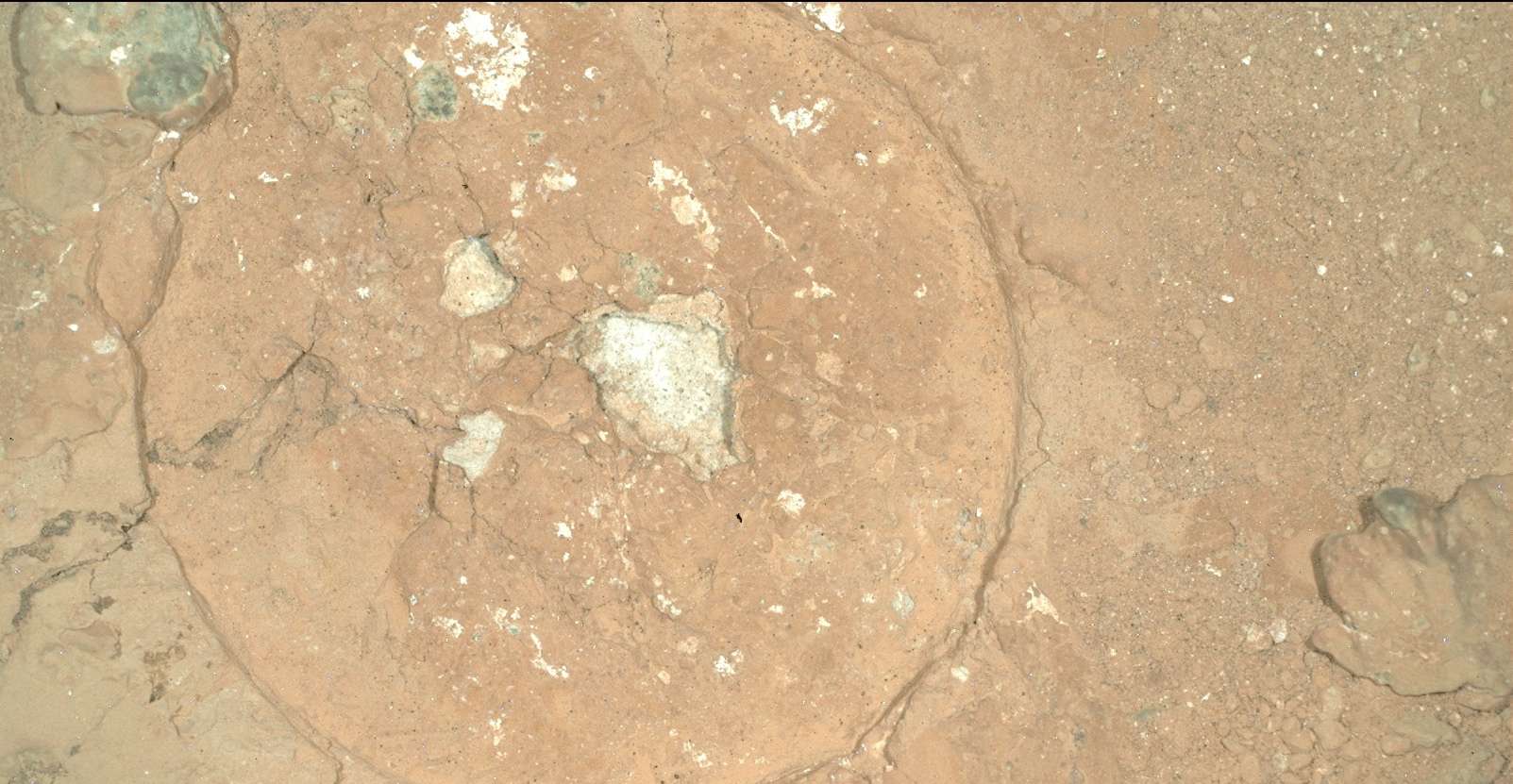
(Washington) – A US agency announced that a severe solar storm is expected to hit the Earth on Thursday and cause northern lights in more southern regions than usual, with the sun currently approaching the peak of its periodic activity.
The peak of this cycle, which returns every 11 years, led to the most “extreme” May solar storm since 2003, caused by a series of coronal mass ejections (CME) from the Sun.
When these particles reach Earth, they disrupt its magnetic field, sometimes resulting in impressive northern lights, but also degrading high-frequency communications, disabling satellites, and overloading the electrical grid.
“We currently expect the storm to arrive between tomorrow morning and tomorrow afternoon,” that is, between late morning and mid-afternoon GMT, said Sean Dahl of the National Oceanic Space Center's Space Weather Agency, “and that the storm may continue” until Friday. NOAA told reporters.
The particles move at a speed of four million kilometers per hour, which corresponds to a level 4 geomagnetic storm on a scale of 5, according to this organization. The May solar storm reached level five.
More accurate forecasts can only be sent 15 to 30 minutes before impact, when the storm crosses dedicated satellites.
The federal natural disaster response agency, FEMA, is already under pressure to manage the consequences of deadly Hurricane Helen and the arrival of its dangerous successor, Milton, according to Sean Dahl, as are managers of the North American Electric Power Supply Grid. So they can take the necessary steps to avoid overloading.
In October 2003, a “Halloween” solar storm plunged entire parts of Sweden into darkness and damaged energy infrastructure in South Africa.
In May, farmers in the northern Midwest noticed failures in their GPS systems, and the storm caused problems with high-voltage transformers, without major power grid outages, Sean Dahl added.
The orbital plane of more than 5,000 satellites had to be corrected due to disturbances.
The northern lights should be visible, if weather conditions and minimal light pollution are met, as far away as northern California or Alabama in the southern United States.




